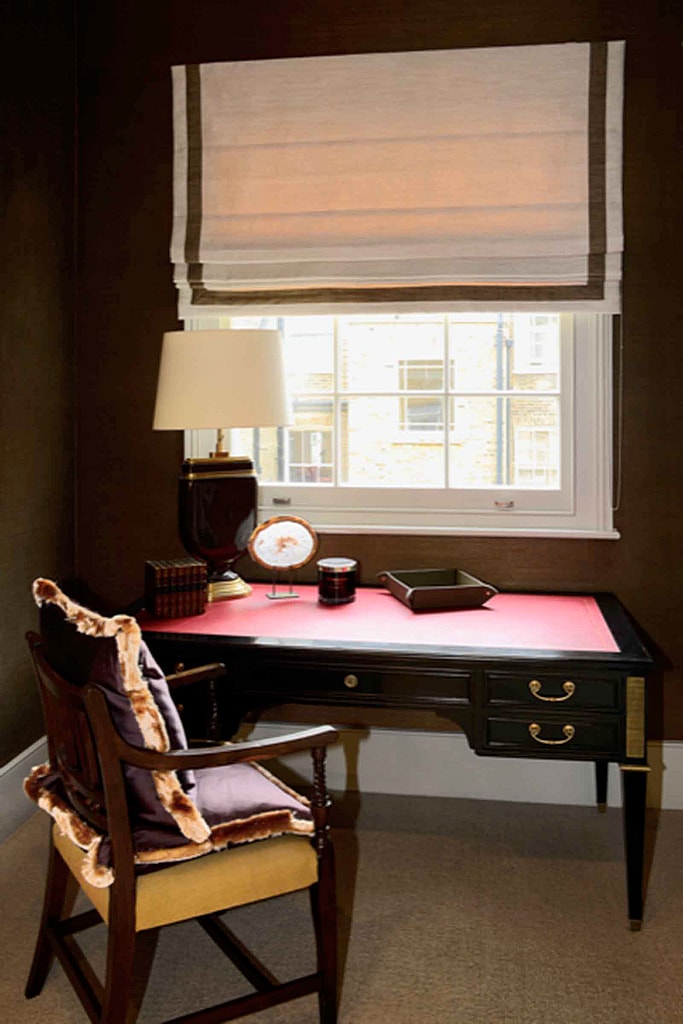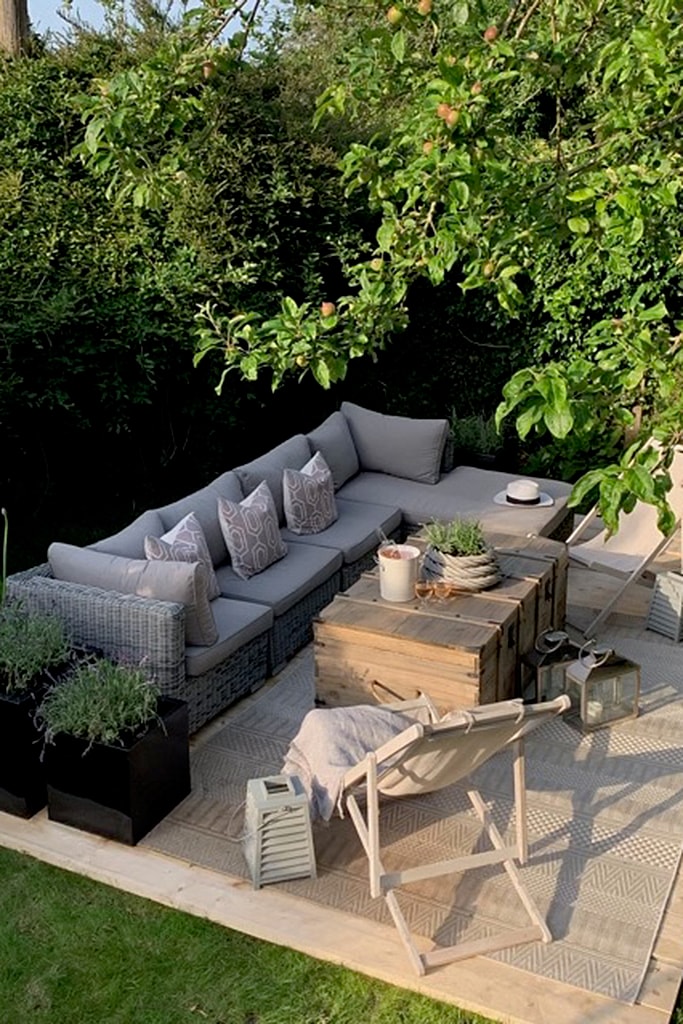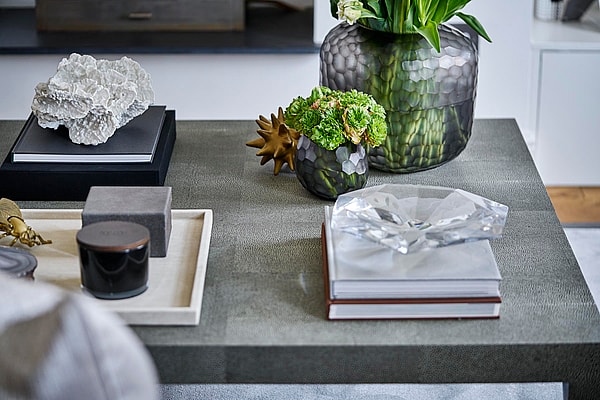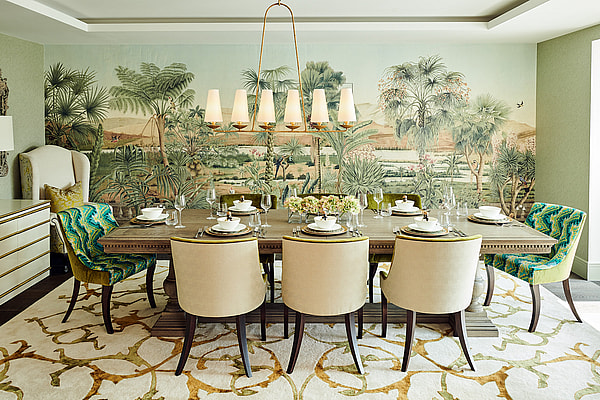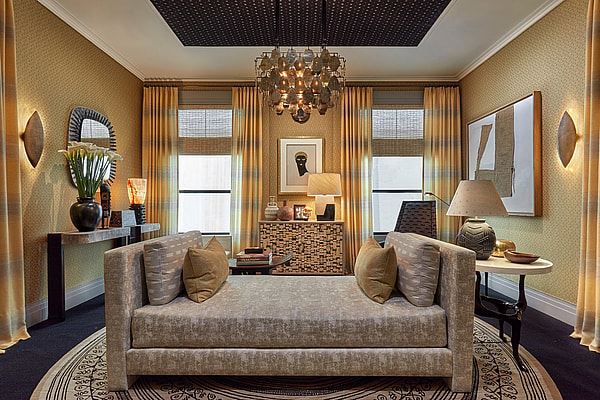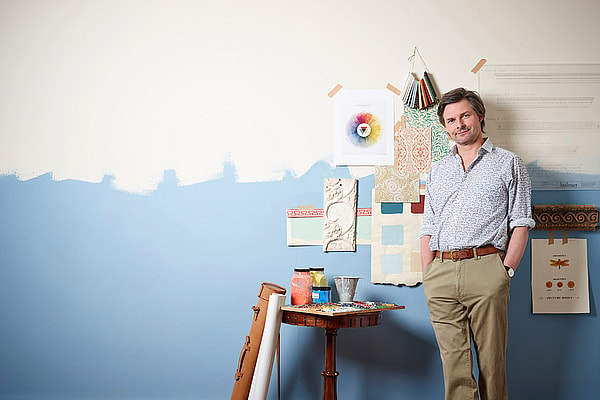The Power of New Beginnings
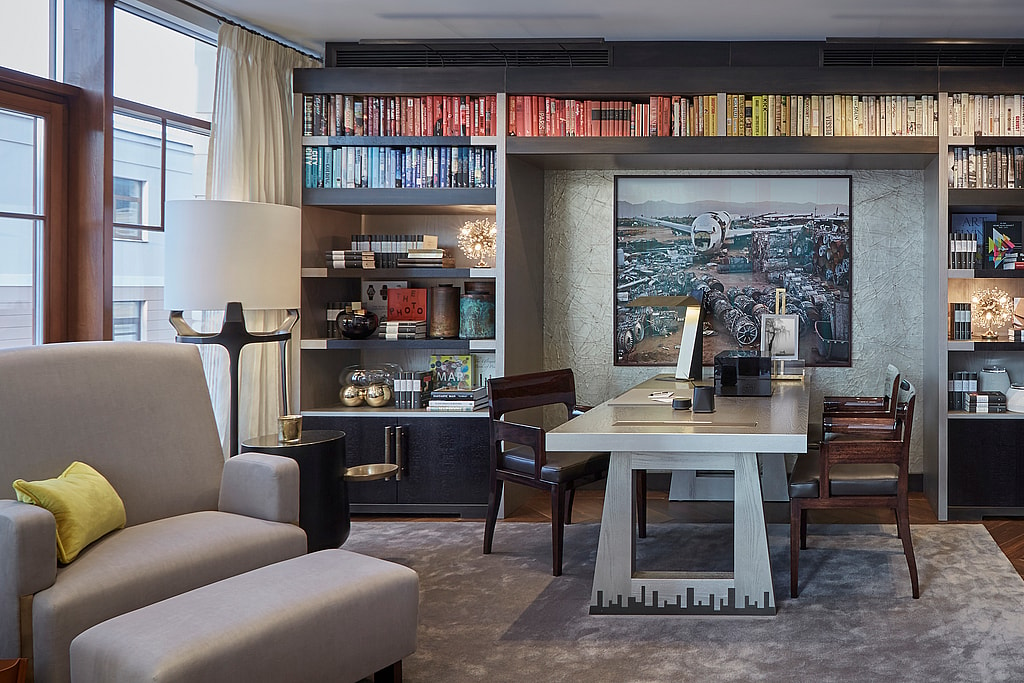
The past few months of change have had a profound impact on our relationship with our homes. Now more than ever they are viewed as an oasis of calm and safety, while many people have had to adapt to incorporate the extra functions of home-working, home-schooling, and simply spending more time together. Interior designers are ideally suited to offer their insights into how they expect our homes will change during and after the pandemic – because they’re already seeing their clients rethinking their briefs.
Nicole Salvesen and Mary Graham of Salvesen Graham say that family living as it is now – with multiple generations living, studying and working in one home – requires layouts to be carefully broken down, so that everyone can find their own space when they need to. “We have long felt that it is important to have multiple rooms rather than full on open-plan living, and now this is even more key as the reality of working at home means there is less of a differentiation between home time and family time and that can become stressful and quite unhealthy,” they say. One of their solutions is to have a reading room, “serving as a quiet corner to retreat to at the end of the day. We’ve been recommending creating bookshelves or a window seat in bedrooms – or perhaps a chair with a well-considered lamp and table – and these tend to become our clients’ favourite rooms.”
In some ways, what has happened recently has simply accelerated existing trends, says Tiffany Duggan, director at Studio Duggan. “We were already becoming aware of the need for our homes to provide rejuvenation and recovery in addition to shelter. The pandemic has only served to further enforce this.”
When it comes to evolving client briefs, Duggan says: “we have certainly seen an increase in enquiries from clients who, faced with the daily reality of the shortfalls and inadequacies of their homes, have finally decided to take the plunge and refurbish to suit their family needs. We have learned that open-plan living, for all its positives, only really works for family living if there are other breakout spaces for home schooling and working from home. A designated home office is now considered more than just a luxury, and requests for homework rooms are also on the rise. Separate living rooms and playrooms for teenagers and younger children will now rank higher on the list of requirements when house hunting. Spaces that provide a little R&R are also now top on the list – spa-like bathrooms, cosy reading areas and entertainment rooms are now popular requests.”
This sentiment is echoed by Alexandra Nord and Helen Westlake, creative directors at Millier, who say that “’having a connection to the outdoors is vital at present and we are starting to see a much higher demand for orangeries, conservatories and terraces in our projects. These crossover spaces between the outdoors and indoors offer wonderful flexibility of function. On a more basic level, creating easy access to garden spaces via wide opening doors and level access at thresholds are going to be key, making the outdoors a true extension of our home.”
They have also seen a move towards bolder choices in recent months: “people are considering their backgrounds more than ever before thanks to video calls, and creating a personalised, interesting space at home will be at the forefront of many people’s minds. A bold print to create a feature wall, characterful cushions or throws, or a vibrant reupholstering of soft furnishings are simple ways of bringing in uniqueness and cheer.”
Certain design details are being given more emphasis now, they add. For example, a good screen and speakers is now an integral part of home exercise spaces, reflecting the boom in virtual training sessions such as Peloton classes. Gyms are heading up the pecking order, and having more of the budget lavished on them: “we are currently designing a basement gym for one of our clients who has amended the brief to have more access to fresh air and natural light. An entire side wall of the room is glazed and can be completely opened up into a light well with a green wall, a water feature and ample fresh air.”
Fiona Barratt-Campbell of Fiona Barratt Interiors (whose work is pictured above) agrees. “We are seeing the need to incorporate a multi-function work area within the kitchen or living space next to the kitchen for use by all members of the family,” she says. “This area usually has printers incorporated into the joinery for practically and convenience. Rooms have to be flexible enough to allow people to have a choice of places to work in multiple locations within their homes. Technology in part has made this possible, but providing options of seating, tables and good lighting gives people the freedom.”
One recurring theme is the need to create a home that can act as a sanctuary from the outside world. “I think with more attention given to the home during lockdown, clients of ours are placing even more emphasis on their homes being a retreat,” says Bee Osborn of Osborn Interiors (whose work is pictured above). “They are keen to develop their outdoor spaces, giving them increased social isolation. Also, more attention is being given to the workplace at home. It’s no longer acceptable to simply have a desk, chair and lamp; clients are creating separate rooms dedicated to calm, efficient, comfortable working environments.”
Looking to the future, Charu Gandhi, founder and director of Elicyon, predicts that we will continue to be mindful of staying safe in our homes in a post-Covid world. “The change in the way we design our homes could start from the very entrance, which we expect to take on a different, much more important form as parcels and groceries that are delivered all need to be handled differently,” she says. “Will we all want an area where we can store goods on delivery, that can then be safely taken to a utility room or space to be disinfected? Where possible, many of us will want dual entrances into our homes, even more so now than before. A secondary entrance or boot room that leads directly into a utility space will become coveted.
“More time at home will also mean parents consider how much screen time their children have,” she continues. “As a studio, we try to use clever, flexible joinery so that the TV can be concealed when not in use and this will grow in importance. TVs that display artwork when they are off are a great choice, ensuring that they don’t dominate a room. In smaller homes, where there are more multifunctional spaces, using a forgotten nook on a landing or opening up the attic as a study space can all add precious alternatives to the living room.” Gandhi is a champion of many of the showrooms at Design Centre, Chelsea Harbour, with Julian Chichester, Dedar and Phillip Jeffries among the showrooms she used for her recent work at Chelsea Barracks; she is also working with Pierre Frey on a new project at One Hyde Park.
What also seems likely is a renewed appreciation of the simpler things. Talking about the lasting effects of the pandemic, Dutch trend forecaster Li Edelkoort suggested that “we will learn how to be happy just with a simple dress, rediscovering old favourites we own, reading a forgotten book and cooking up a storm to make life beautiful. The impact of the virus will be cultural and crucial to building an alternative and profoundly different world.”


